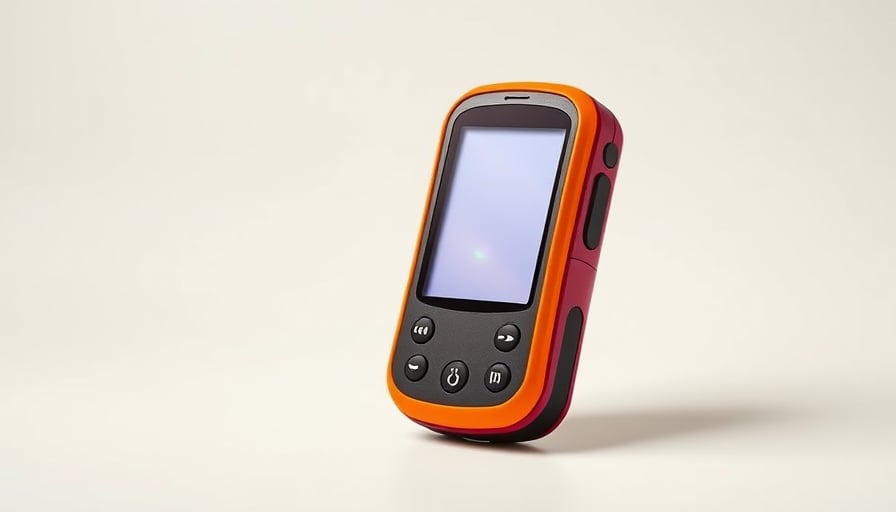Iridium Communications Unveils PNT ASIC to Fortify Global GPS Security
Iridium Communications Inc. (NASDAQ: IRDM), a prominent provider of satellite‑based voice, data, and Positioning, Navigation, and Timing (PNT) services, announced on October 27, 2025 the launch of a new miniature application‑specific integrated circuit (ASIC) designed to shield Global Navigation Satellite System (GNSS)‑dependent devices from jamming, spoofing, and timing disruptions. The Iridium PNT ASIC represents a first‑of‑its‑kind solution that integrates seamlessly into a broad spectrum of consumer, industrial, and government electronics, offering authenticated, pole‑to‑pole PNT data that rivals traditional GNSS signals in accuracy while delivering resilience against malicious interference.
Technical Overview and Market Implications
The ASIC is engineered for compactness, low power consumption, and cost‑effective scalability. By leveraging Iridium’s constellation of low‑Earth‑orbit (LEO) satellites, the chip can provide real‑time, authenticated positioning and timing data that is immune to the types of signal manipulation that have increasingly plagued GNSS receivers. According to Iridium CEO Matt Desch, the introduction of a globally‑available, on‑chip defense against spoofing and jamming “has never been done before.” The technology is poised to address a growing threat landscape, as incidents of GNSS interference—both accidental and intentional—have risen sharply in recent years.
The deployment of the PNT ASIC could reshape the competitive landscape for navigation and timing solutions. Traditional GPS receivers rely on external authentication mechanisms that are often complex and costly. Iridium’s offering, by contrast, embeds protection directly into the hardware, potentially reducing integration effort for manufacturers and lowering the barrier to entry for high‑security applications. This could accelerate adoption in sectors where precision timing is critical, such as aviation, maritime, defense, and autonomous systems.
Corporate Context
Iridium Communications has a long history of providing global satellite communications through its LEO network, serving a diverse clientele that includes governments, businesses, non‑governmental organizations, and individual consumers. As of October 26, 2025, the company’s share price stood at $17.95, with a 52‑week range between $17.08 and $34.45. The firm’s market capitalization is approximately $1.89 billion, and its price‑earnings ratio sits at 15.97, indicating a valuation that reflects both its established service portfolio and the potential upside from recent innovation.
Investor Reactions and Broader Market Dynamics
While the announcement was met with enthusiasm from industry observers, broader market movements did not yet reflect a sharp rally. On October 28, 2025, ARK Invest’s Cathie Wood disclosed significant purchases in a range of technology and biotech stocks, but there was no specific mention of Iridium in the disclosed transactions. The focus of Wood’s portfolio moves centered on companies such as Intellia Therapeutics and Block Inc., suggesting that the market was more attuned to high‑growth, high‑risk sectors at that moment.
Outlook
Iridium’s PNT ASIC positions the company at the forefront of satellite‑based security for navigation and timing. By addressing a critical vulnerability in GNSS systems, the company could unlock new revenue streams in defense, critical infrastructure, and commercial sectors that demand resilient positioning capabilities. The chip’s ease of integration and low cost may spur widespread adoption, potentially expanding Iridium’s footprint beyond its existing voice and data services.
As the security of satellite navigation becomes increasingly paramount, Iridium’s innovation could redefine industry standards and set a new benchmark for how devices protect against interference. The market will likely monitor subsequent adoption rates, regulatory acceptance, and the performance of the ASIC in real‑world deployments to gauge the long‑term impact on the company’s growth trajectory.
